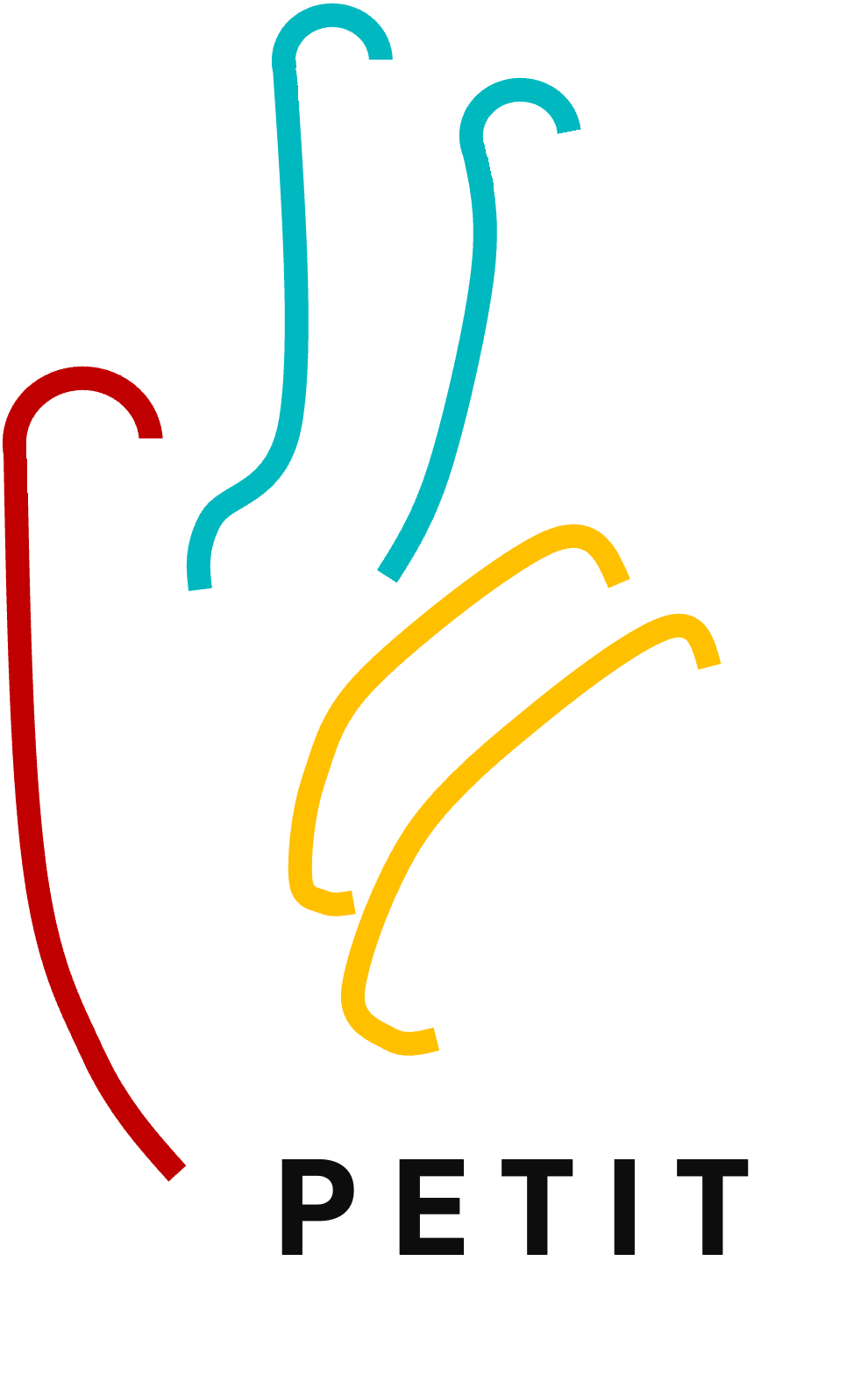PETIT is a multidisciplinary group whose members engage in various clinical and research activities within the rehabilitative, medical, surgical, and technological realms, with the unified goal of helping patients attain some level of prosthesis embodiment.
By providing a team science environment, PETIT functions as a venue for its members to share and discuss their questions, curiosities, and collaborative opportunities related to prosthesis embodiment, facilitating collaborative science and working towards reducing the “17-year research gap” related to innovations in prosthetic technologies.
Therefore, the research featured here is due to the passion and diligence of its members; PETIT’s function here is to honor the work of each of its members, not claim anything for itself.
Intuitive Prosthetic Control After Targeted Muscle Reinnervation Following Extremity Amputation (PI: Schofield, Joiner)
In recent years, there has been a surge of advanced upper limb prostheses that closely resemble the form and function of intact limbs and have the potential to dramatically improve the physical capabilities of individuals with upper limb amputations. However, the ability to intuitively control these robotic systems remains a significant barrier to their effective use. Experimental prosthetic interfaces have progressed to include strategies that can allow users to operate their prostheses using signals directly from the brain and nerves. Yet these control systems are inaccessible to most amputees given the experimental nature of these surgeries. Our work aims to lower these barriers.
Targeted muscle reinnervation for nerve and phantom pain control (TMR) is a surgery that reduces post-amputation pain by ‘re-wiring’ severed nerves to the muscles that remain after amputation.
Following TMR, muscle firing patterns emerge when patients think about moving their missing limbs in different ways (different grasping movements and wrist movements). Using ultrasound imaging and machine learning techniques, Dr. Joiner’s and Dr. Schofield’s labs have worked to recognize these patterns to predict what the patient wants to do with their missing limb. They then apply these techniques for real-time prosthetic control, allowing individuals to operate prostheses intuitively by thinking about moving their missing limb.
IRB-Approved Research Protocols
- 1722462-2 Monitoring Muscle Motor Recovery After Targeted Muscle Reinnervation (Schofield)
- 1985151-1 Osseointegration Quality Registry (Walter Reed) - Access - Login Required

